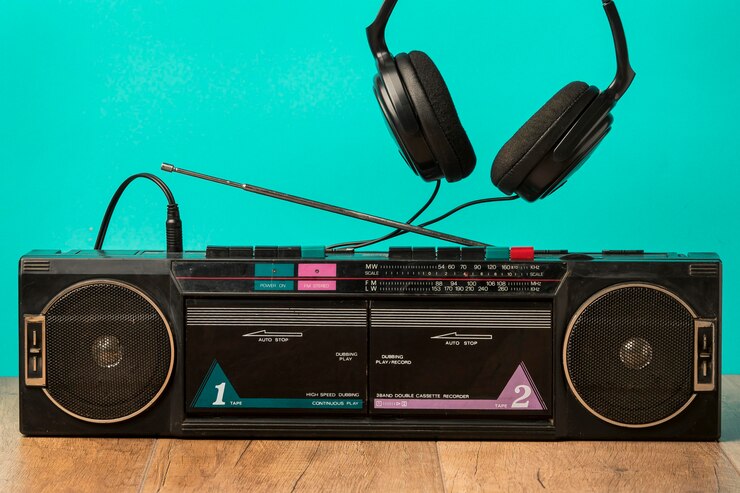Radio has been a popular medium for marketing for decades, and continues to be a powerful tool for reaching a wide audience. With the advent of digital platforms, it may be easy to overlook the impact that radio marketing can have on a business. However, when used effectively, radio can create a lasting impression and influence consumer behavior. In this article, we will discuss ten effective strategies for marketing through radio.
Radio marketing has unique advantages that set it apart from other forms of advertising. Firstly, radio has a broad reach as it can target a specific geographical area. Secondly, people listen to the radio throughout the day, including during commutes, while working, and at home. This constant exposure to radio broadcasts allows marketing messages to stay top of mind. Finally, radio is a cost-effective medium compared to television or print advertising.
1. Creating an Effective Radio Advertising Campaign
To create an effective radio advertising campaign, it is crucial to clearly define the target audience and tailor the message accordingly. Understanding the demographics, interests, and preferences of listeners will enable marketers to develop compelling content that resonates with the target group.
2. Targeting Strategies for Radio Marketing
Radio stations have different formats that cater to specific audiences. By partnering with the right station, marketers can ensure their message reaches the desired listeners. For instance, if promoting a sports-related product, advertising during sports talk shows or game broadcasts would be more effective than during music-centered programming.
3. Building a Strong Radio Brand
Consistency is key to building a strong radio brand. The brand’s identity and messaging should be integrated into all radio advertisements, promotions, and jingles. This consistency helps reinforce brand recognition and ensures that listeners associate the brand with the desired attributes.
4. Engaging the Radio Listenership
Engaging radio listeners requires captivating content. Creating entertaining and informative radio ads that grab attention and generate interest is essential. Storytelling can be a powerful technique to captivate listeners and make a lasting impression.
5. Implementing Successful Radio Promotions
Radio promotions such as giveaways, contests, or exclusive offers are highly effective in boosting listener engagement and brand loyalty. These promotions generate excitement and encourage listeners to take action, whether it be visiting a website or making a purchase.
6. Measuring the Impact of Radio Marketing
Measuring the impact of radio marketing is crucial for understanding its effectiveness. Tracking website visits, coupon redemptions, or phone inquiries can provide valuable insights into consumer behavior. Additionally, conducting surveys or focus groups can help gauge brand awareness and perception among listeners.
7. Optimizing Radio Reach and Frequency
Determining the optimal reach and frequency of radio advertisements is essential. Reach refers to the number of people exposed to the advertisement, while frequency measures the number of times the target audience hears it. Striking the right balance ensures that the message reaches a wide audience without becoming repetitive.
8. Cost-Effective Approaches for Radio Advertising
In radio advertising, cost-effectiveness can be achieved by negotiating favorable rates with stations based on factors such as time slots or seasonality. Planning and buying advertising inventory in bulk can also save costs in the long run.
9. Media Buying for Radio Campaigns
Media buying involves identifying stations that align with the target audience and negotiating favorable advertising rates. Leveraging a media buyer’s expertise can ensure that the campaign reaches its intended audience while optimizing costs.
10. Future Trends in Radio Marketing
As technology continues to evolve, radio marketing is expected to adapt accordingly. Personalized ads and interactive content are likely to become more prevalent, allowing advertisers to tailor messages to individual listeners. Additionally, integrating radio marketing with other digital platforms, such as social media or streaming services, will open up new opportunities for reaching audiences.
Conclusion
Radio marketing remains a powerful and cost-effective medium for reaching a wide audience. By implementing strategies such as creating effective advertising campaigns, targeting the right audience, and building a strong brand, businesses can harness the power of radio to drive consumer engagement and achieve their marketing goals. With the right approach, radio marketing can continue to be a valuable asset in any comprehensive marketing strategy.



